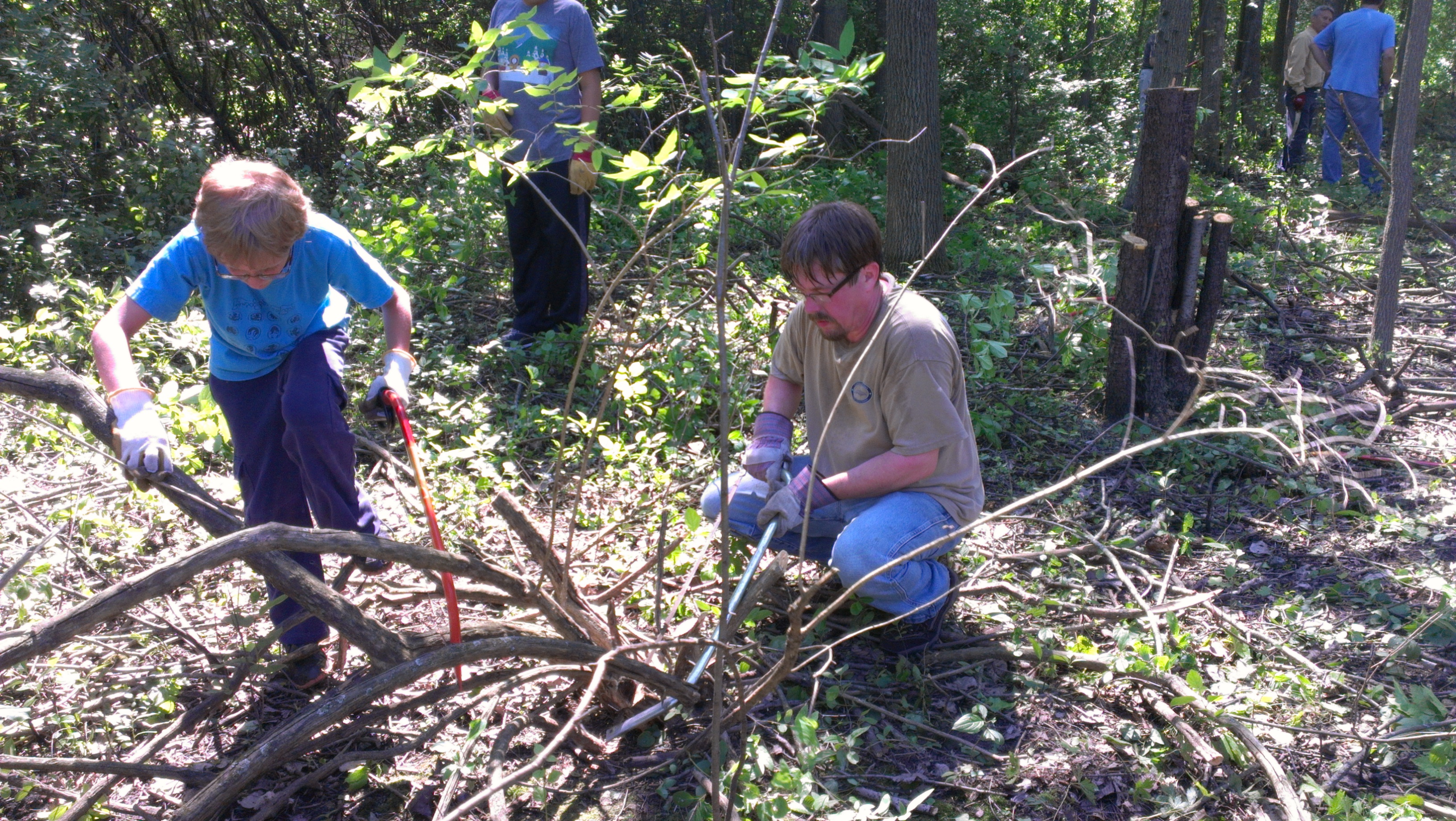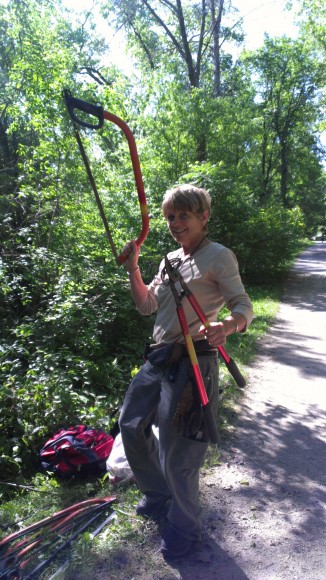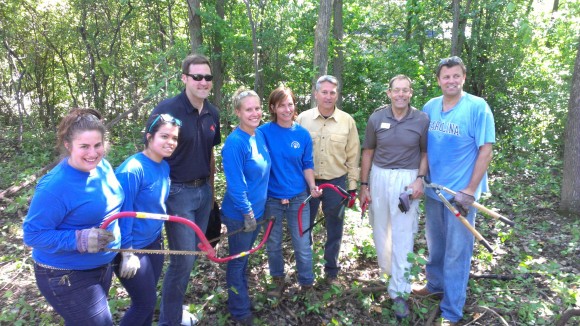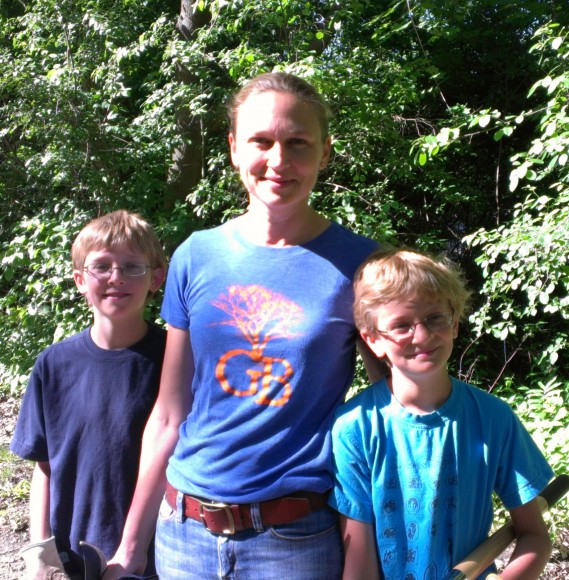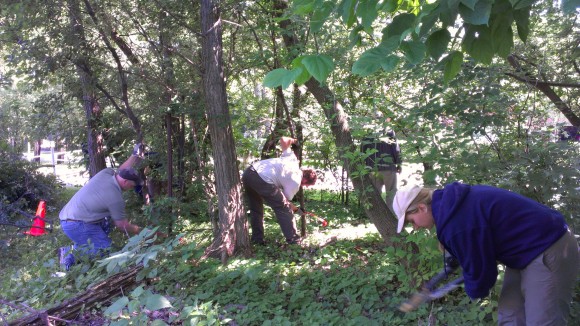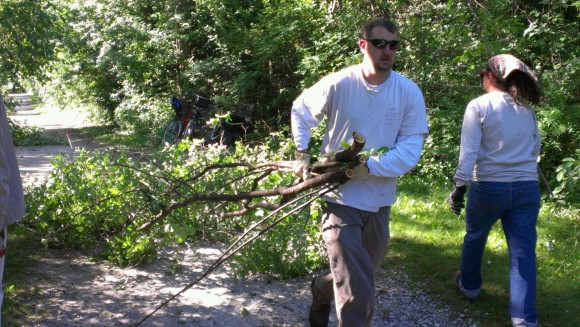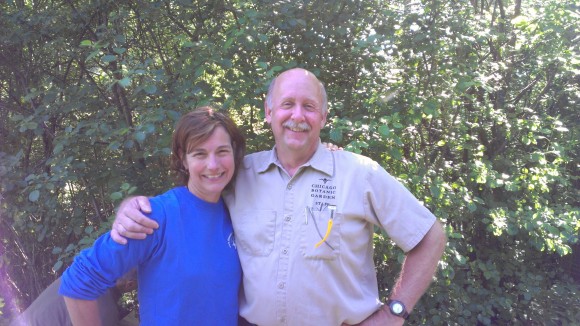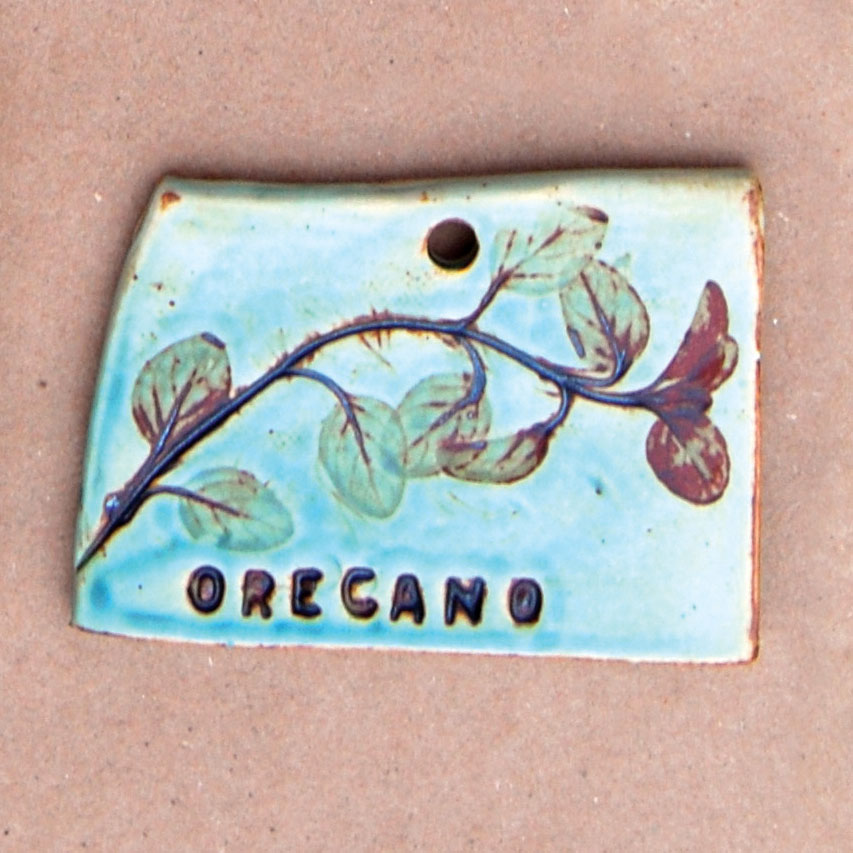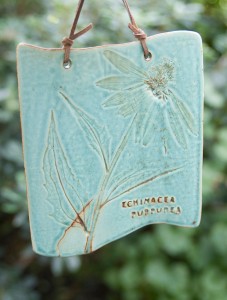To some people, gathering in an auditorium on a bright summer day for a packed schedule of science presentations might not seem exciting. I will confess that once I was among those poor, unenlightened individuals. Now, I know better.
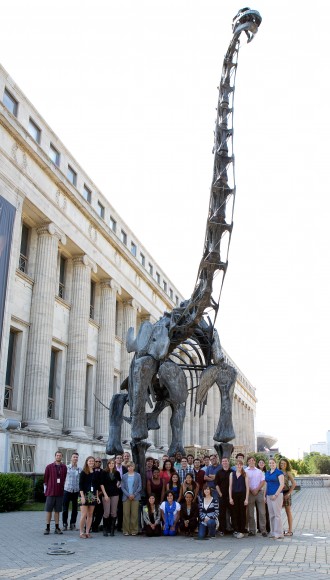
The reason I know better is because recently, I attended the Fifth Annual Undergraduate Research Symposium at the Field Museum in Chicago. There, college students participating in the Research Experience for Undergraduates (REU) program at the Chicago Botanic Garden and at the Field revealed some intriguing research findings about plants and animals.
For example, who knew that hormones likely determine the rigid caste system of those scary army ants? (“Scary” was not a scientific term used in the presentation, but trust me, they are.) Or that some species of tropical trees in the Yucatan Peninsula access water by sending their root systems through the tops of underground caves, enabling them to survive drought? And that native plant restoration helps fight air pollution? (How, you wonder? It improves carbon sequestration, a process in which carbon dioxide is transferred from the atmosphere to the soil—do not even think “dirt”—thereby removing the air pollutant.)
Funded through National Science Foundation grants, the REU program is held each summer, and hundreds of hopeful candidates from colleges and universities throughout the United States apply to the programs at the Chicago Botanic Garden and the Field Museum. Selected participants number only in the teens, and this fortunate group explores a diverse array of scientific topics related to plant and animal biology and conservation. They receive a stipend of $4,500 for the ten-week program, plus an additional subsistence and travel allowance.
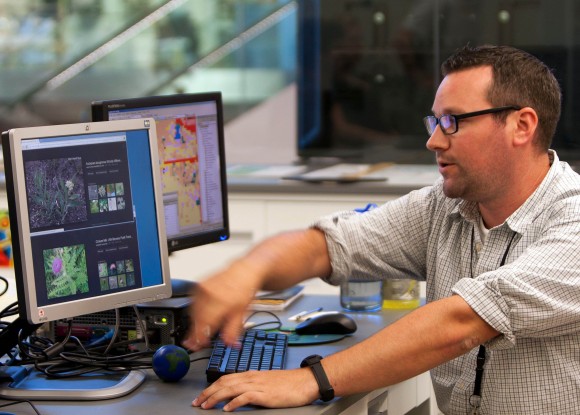
Though the stipend is much appreciated, the main benefit of the REU program is professional: these young scientists perform detailed research out in the field and within sophisticated laboratories, under the skilled mentorship of senior scientists and doctoral and master’s students. Along the way, they gain meaningful professional experience that will help them as they pursue further education and careers. At the Garden, for example, participants have access to the laboratories of the Daniel F. and Ada L. Rice Plant Conservation Science Center, equipped for research in ecology, soil science, genetics, reproductive biology, GIS, microscopy, population biology, geochemistry, isotopic analysis, and other areas of investigation. Some of the Garden’s REU participants use these labs while they serve as research mentors for teens attending Chicago Public Schools and participating in the Garden’s College First program.
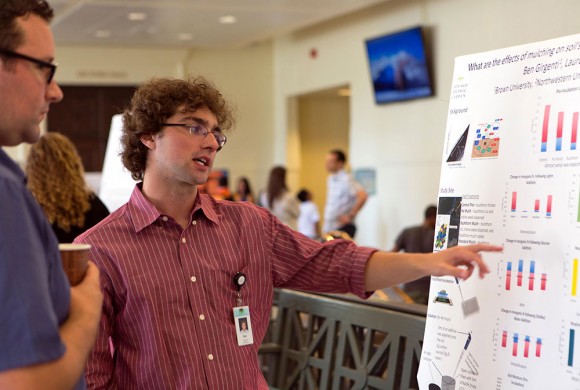
“The REU internship program is a human infrastructure development initiative funded by the National Science Foundation. What better way to introduce students to doing scientific research than immersing them in it over the summer?” said senior scientist Patrick S. Herendeen, Ph.D., co-director of the Garden’s Division of Plant Science and Conservation and director of academic partnerships. “We select applicants with an interest in the science that we do here at the Garden. Many of them have not had an opportunity to participate in research, so the internship is a great opportunity for them, and for us too! When the interns return to their colleges and universities for their senior year, we keep in touch and provide guidance as they consider the next steps in their career path.”
On August 16, after a rigorous summer of scientific exploration, the REU graduates gathered at the Field Museum to lay it all out.
Kenneth Angielczyk, Ph.D., curator at the Field Museum, introduced the combined group of 17 presenters. “This symposium is the capstone experience of the REU program,” he said, noting that for many students, it was the first time they presented a talk in a scientific context. Dr. Angielczyk warmly welcomed the Chicago Botanic Garden REU participants, who traditionally have made their presentations separately, at the Garden’s Glencoe campus. “I hope this is the beginning of an ongoing collaboration going forward,” he said.
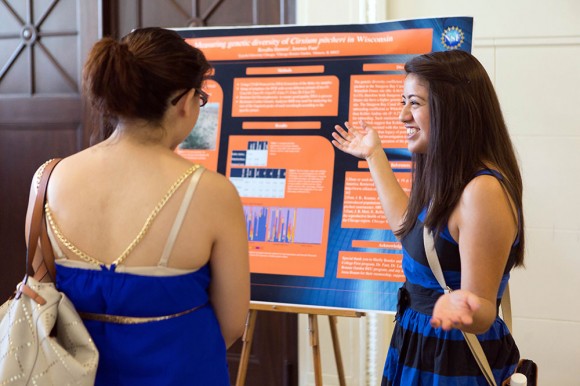
One by one, the speakers stepped to the stage and described their work. The breadth of their research, and the significance of what these undergraduates concluded, was startling. (See the agenda, which lists their topics.) Through the focus of research varied widely, the subtext of climate change provided a sobering backdrop to many of the presentations.
After a couple of hours my focus began to waver, but only because my caffeine levels had dropped. Fortunately, Stephanie Ware, Field Museum research assistant and REU symposium coordinator, had arranged for coffee and pastries between sessions.
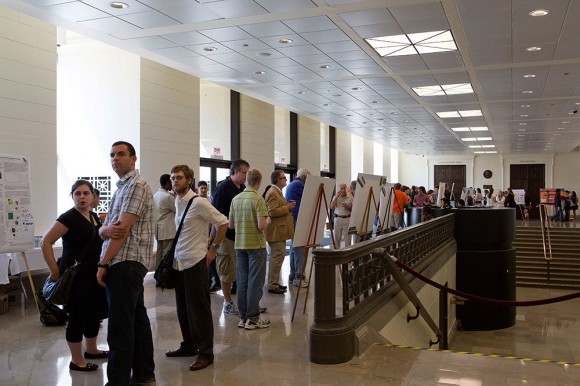
Soon I found myself perusing the poster presentations in the lobby, coffee in one hand and muffin in the other. (There may have been some healthy snack offerings, too, but if so I trotted by them too quickly to notice.) Nearby, REU participants, their families, and the scientists who mentored them mingled, and I overheard phrases like “mediated plasticity,” “fungal partners,” “phylogenic attributes,” and “bryozoan morphogenesis.” Then it was back into the auditorium for another round of presentations.
At the event’s conclusion, conservation scientist Jeremie Fant, Ph.D., the Chicago Botanic Garden’s molecular ecologist and laboratory manager, and coordinator of the REU program at the Garden, thanked the participants. He encouraged the students to consider presenting their summer work at other meetings. “Mentors and audience members alike are impressed with the caliber of your presentations today, which are worthy for presentation at any national science meeting,” he said.
Meet the Chicago Botanic Garden’s 2013 REU interns.
The REU program begins accepting applications in January 2014 for next summer’s program. If you are an undergraduate student passionate about plant science and conservation, consider applying to the Chicago Botanic Garden’s REU program. The Field Museum’s program also offers unique collections-based research opportunities. Both enable students to get involved in what Dr. Angielczyk described as “the real scientific process” through meaningful mentorships.
©2013 Chicago Botanic Garden and my.chicagobotanic.org


